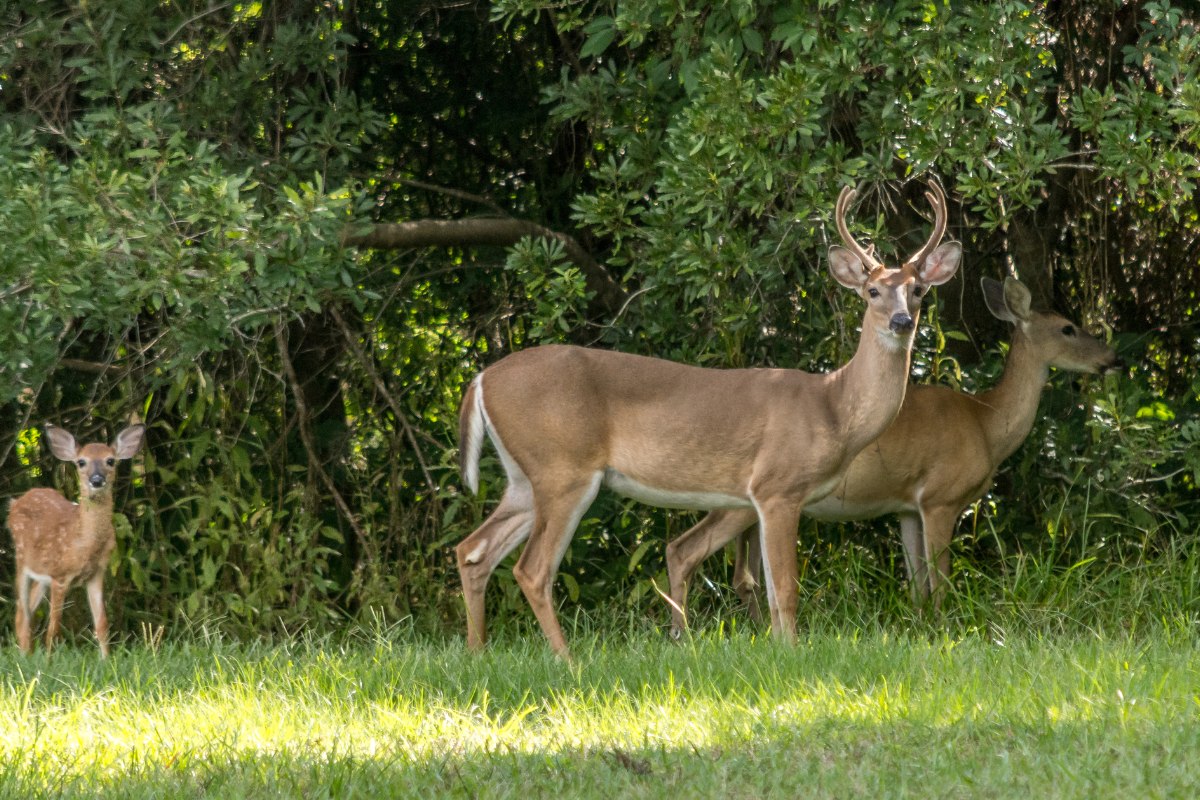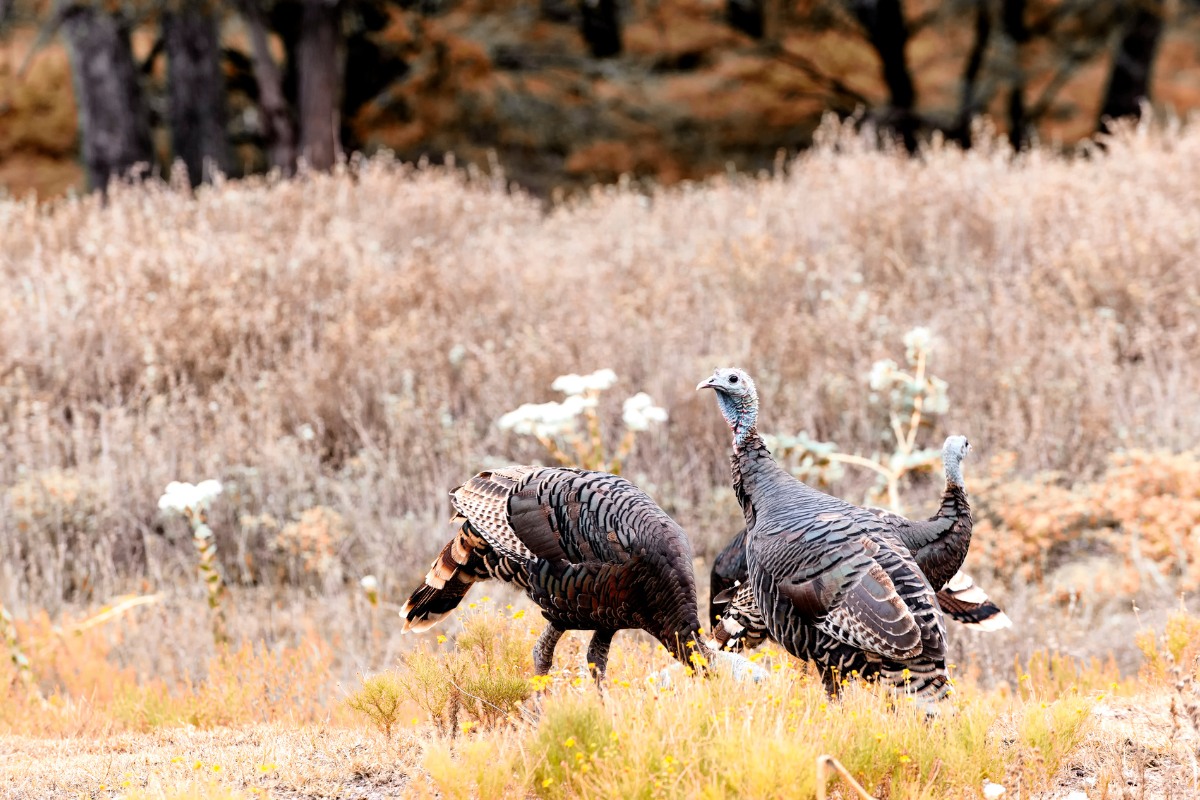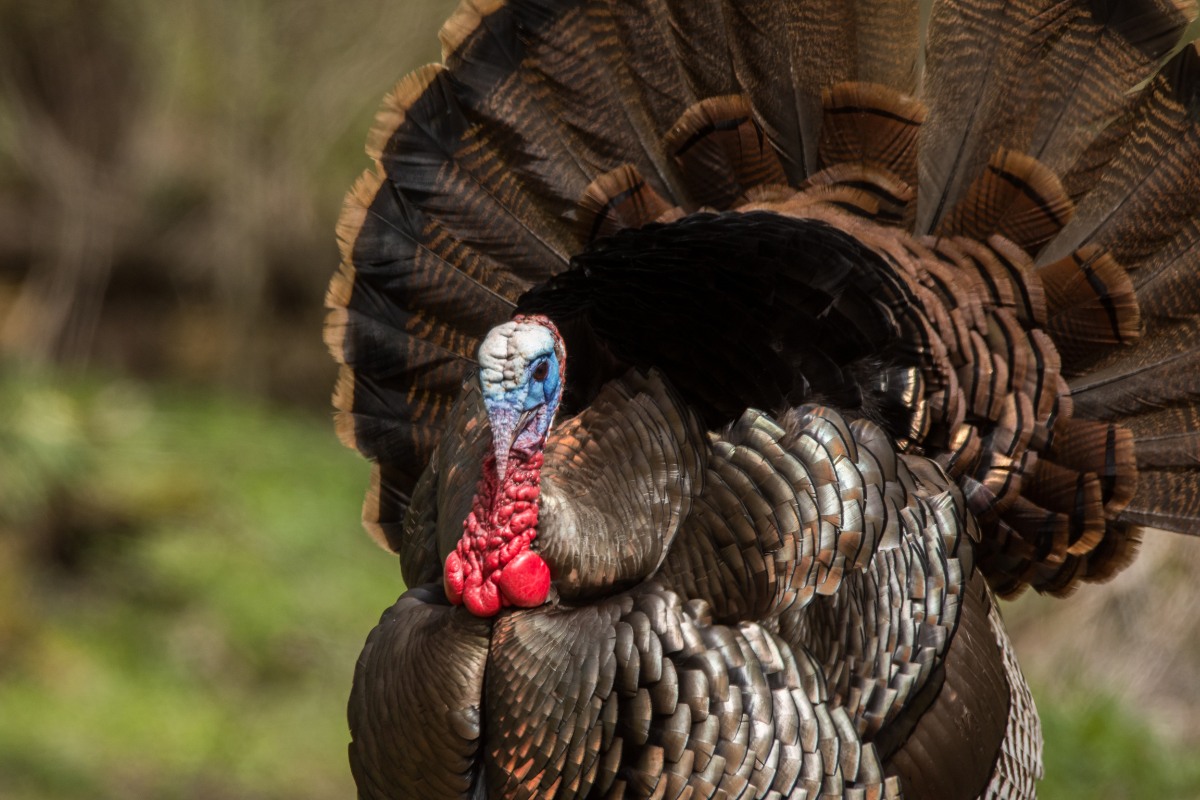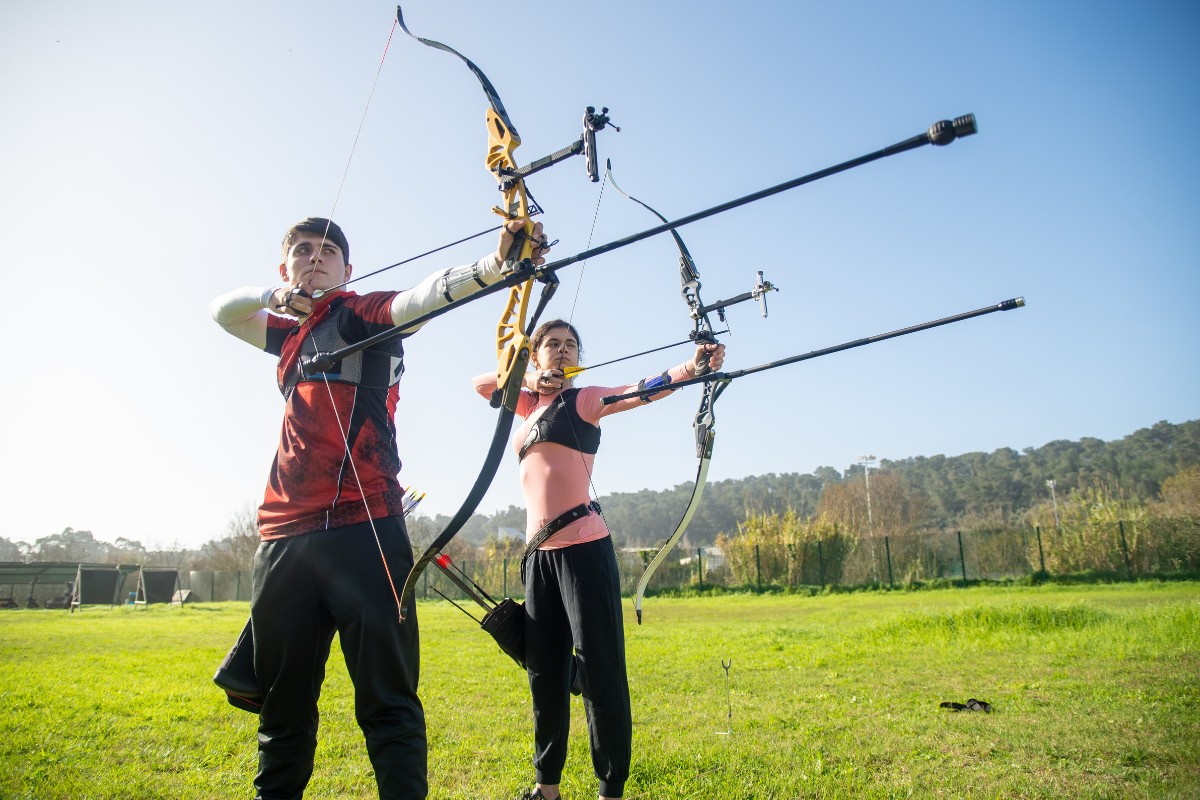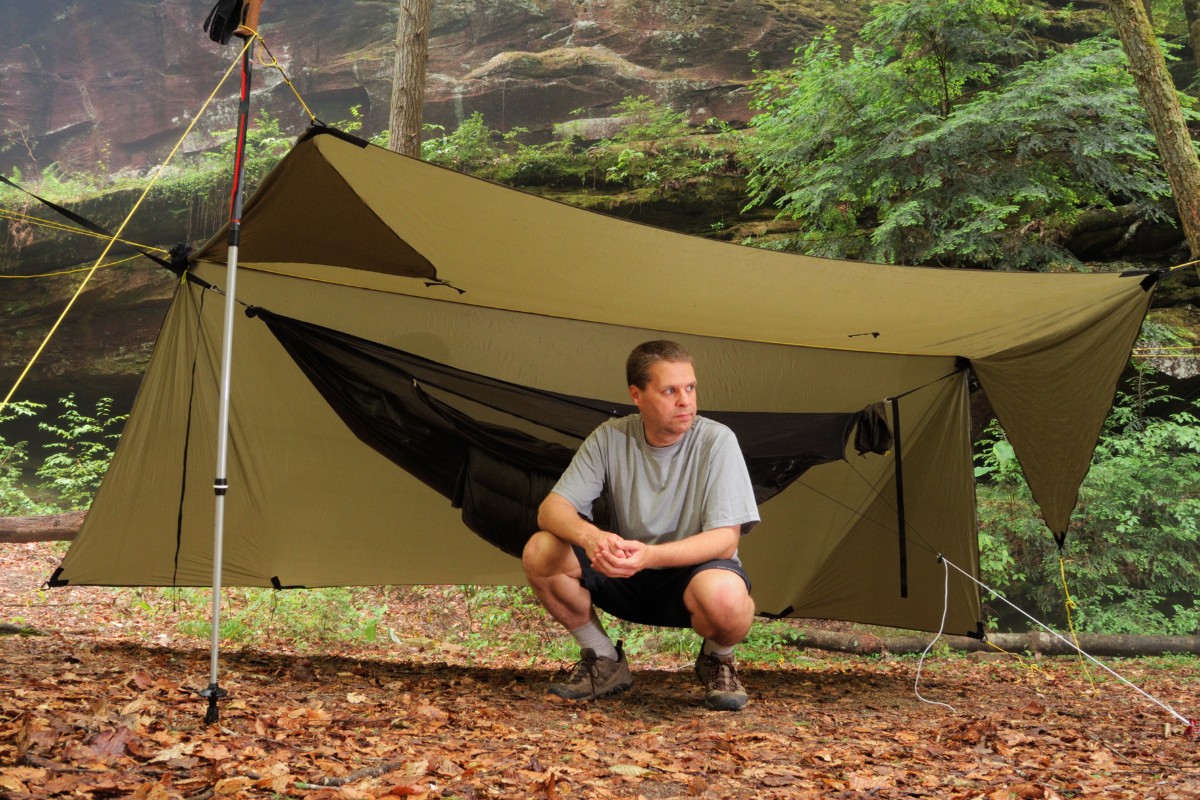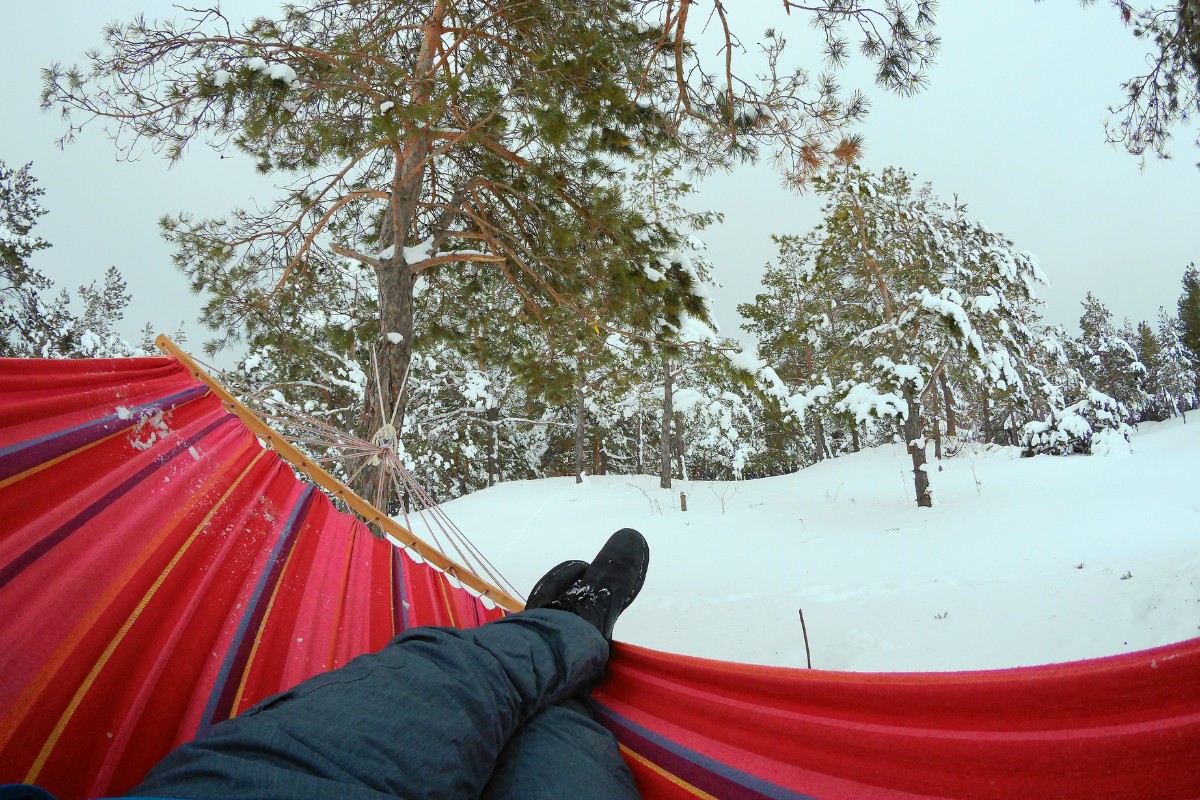Gearing up for deer season is something that can drive you crazy. The financial burden can be high, especially if you are new to the sport and starting with nothing. But you can help yourself by eliminating some of the high-priced items for some good old-fashioned hand-me-downs. Also, knowing what’s essential and what’s auxiliary can definitely help reduce the cost.
Traveling to hunt always seems to add a few more items to the list and if you haven’t done much of it, it can leave you scrambling for the nearest sporting goods store should you leave home without them. Below is a checklist of essential gear and its uses that will serve you well the next time you head out after that booner buck:
State Licenses and Tags
State licenses and tags are required for most hunting situations in every state. These documents are required to be carried on your person at all times while hunting along with proper identification. Be sure to read through each state’s requirements thoroughly, as some may have a consolidated license where all tags are included, while others may require the purchase of several items such as a state hunting license, big game tags, National Forest stamp, weapon stamps, etc.
Always familiarize yourself with the game laws of your state prior to going hunting each season, as changes are often made from year to year. If possible, keep a hard copy of the hunting regulations for your state in your pack so that you can bag limits, general regulations, and seasons on other animals that you may encounter.
Weapons
Weapons of choice obviously need to match the season in which you will be hunting. You should have become very familiar with its operation, ammunition, and maintenance in the months leading up to its use afield so that you can handle it properly without endangering yourself, others, or risking damaging it.
Be sure that it has been properly sighted in to ensure accuracy, and check it once you have arrived at your destination to be sure that it was not “bumped off” in route. Include all cleaning supplies (oils/lubricants, solvents, patches, rods, etc.) required to maintain proper function, particularly if this happens to be a muzzleloader hunt.
Spare Ammunition
Whether it be a full box of cartridges or a dozen arrows with broadheads, be sure to have sufficient ammo. Bow hunters, especially, should take into consideration that missed shots can damage broadheads, animals can break off shafts etc., leaving your quiver empty. Since arrows are tailored to your bow and your setup, replacing them will be far more difficult than running down to the local hardware store for some Remington Core-Lokts or extra #209 primers.
A Spare Bow Release
A spare release for your bow is always a good idea, just in case your primary release should fail. Be sure to practice with both so that you know how your bow will shoot should the backup release be necessary.
Allen Wrenches and Basic Tools
Allen wrenches and basic tools to repair and maintain not only your hunting equipment but also your vehicle. Keep a basic toolbox in your vehicles at all times containing: hammer, screwdrivers, pliers, gloves, duct tape, wrenches, socket set, ratchet straps, emergency roadside kit, WD-40, flashlight, lighter, jumper cables, and various other items.
On long road trips, you can add an extra bottle of brake fluid, power steering fluid, a quart of oil, and engine coolant. Also, be sure you have a fully functioning jack and tire iron so that you are not slowed down by a sudden flat.
Two Sets of Camouflage
Two sets of camouflage will undoubtedly be beneficial, especially on longer trips or during warmer weather. Even then, you may want to check the location of the nearest laundry mat and drop them in the wash toward the middle to end of the hunt. For cold weather hunts, it’s recommended to pack a medium-weight and heavy-weight set. So if the weather fluctuated from highs in the mid 50’s to the teens with high winds, rain, and even a skiff of snow, the different weights allowed you to be both comfortable and prevent sweating. If needed, you could always add more layers under the medium-weight camo. Scent reducing/eliminating clothing is something that you can rely on. If you have the means and can afford at least one set, it’s worth it.
Gloves, hats, and facemasks/face paint are all good ideas for bow hunters to keep a sharp eyed buck or old doe from spotting a flash of movement and giving the game away. If cold and nasty weather is a possibility, you can carry a facemask, and it works great. Otherwise, a fleece or mesh net works fine.
Blaze Orange
Blaze orange, if required, is not only a legal requirement during certain seasons but also a good safety idea. Rifle season and some muzzleloader seasons require a minimum amount (usually 400 sq. in.) to be worn at all times. If bow hunting during these seasons, you may also be required to wear orange. You can even opt to wear a blaze vest and hat during any firearm season or muzzleloader season regardless if it’s required or not.
Base Layers
Base layers are as vital as the outer camouflage as they are what keep you warm, comfortable and allow you to sit longer while remaining still and spooking less game. There is some pretty high-tech stuff out there these days with scent control linings, etc., but the good old long johns still do just fine. Nothing beats a wool sweater as a secondary layer for keeping you warm under your jacket.
Bring at least two wool sweaters when hunting late season and a minimum of 3 pairs of socks per day of hunting (2 pairs to hunt in and one for camp). Fleeces, sweatshirts, long-sleeve shirts, t-shirts, and sweatpants should all be considered as secondary layers. Bring at least 3 sets per 2 days of hunting.
Rubber Boots
Rubber boots are a must to minimize scent to and from your stand sites. A good, comfortable pair, with a soft sole, and insulation per the hunting condition will keep your feet comfortable and allow you to set longer. If you happen to have 2 pairs, that’s even better. The second pair will allow you to alternate days, dry your boots, and spray them down between hunts to reduce scent. If hunting steep or rugged terrain, trade the rubber boots for leather hikers.
Hunting Vests/Safety Vests/Harnesses
Hunting vests/safety vests/harnesses are a must. Not only does it provide a utilitarian function of keeping gear at hand’s reach, but being safe and coming home from your trip is the most important part of it. Any time you leave the ground to climb into or hang a tree stand, you should be safely secured to the tree with your harness and tether.
Lifelines make your ascent and descent from the stand easy without having to continually shift your tether to your harness, and lineman’s belts make hanging a stand so much safer and easier by allowing for hands-free work.
Backpacks
Backpacks carry everything from flashlights to bow ropes. Although you don’t have to break the bank here, any earth-tone school bookbag can suffice. You want to be sure it has enough storage compartments to hold all your gear in an organized manner so that you are not fumbling around in the stand trying to find a call or a range finder, etc.
Bow/Equipment Ropes
Bow/Equipment ropes, about 20-30 ft long, will be sufficiently long enough to hoist stands into the tree when hanging them, and your weapon and equipment when hunting them. Climbing a stand with a heavy pack on your back and a bow or rifle in one hand is dangerous and is an accident waiting to happen.
Calls and Lures
Calls and lures can be very effective in certain areas of the country. All deer vocalize but not all deer react in the same way to the same calls. The more mature/dominant bucks you have in an area, the more likely you are to get an aggressive or positive reaction to the use of calls and scents.
You will probably not have much success using scent attractants except when using the tarsal glands removed from a deer previously harvested. Calling to white-tailed deer, on the other hand, could be very effective, like using a grunt tube or estrus bleat. Rattling horns and the compact bags/packs seem insufficient for calling. You need to try them with luck.
A buck fight is the ultimate territorial act of aggression and can bring in bucks out of curiosity or those ready to accept the challenge. But in areas where the deer are less aggressive, particularly those with a high buck to doe ratio, you’re less likely to get that charging in response. That being said, give it a try and watch your wind as the deer may try to circle you and sneak downwind to catch up on the action.
Treestands and Ground Blinds
Treestands and ground blinds are by far the most popular and successful way to ambush a big buck. On a typical trip, a minimum of 3 tree stands and one ground blind is recommended. Climbers and lock-on stands would be best as they are smaller, lightweight, and more portable than a ladder stand.
Having several stands at your disposal will allow you to set up in different areas of high activity without the noise and time required to pull the stand after each hunt. You can bring two climbing systems (ladder sticks and winders) for the lock-on stands and enough ratchet straps for the top and bottom of each stand. The ladder sticks are quick and easy but usually require a fairly straight tree on which to be used and that is not always possible.
The winders will allow virtually any tree to be an ambush site. Usually 10 wind-in-steps is sufficient to gain a 15-25 foot height advantage. Bringing a climbing stand gives the hunter the ability to make quick relocations to keep close to the deer activity.
Locking your stands to the tree may be necessary when hunting public lands or when outsiders are a concern. Nothing can turn the mood of a hunt like a stolen stand and busted hunt. By throwing a lockable cable, like for a bicycle, in your pack, you can deter any would-be thief. A ground blind provides the flexibility to hunt promising areas where tree stands may not be feasible and provides safety and comfort during inclement weather.
Pruners and Saws
Pruners and saws for cutting shooting lanes, clearing trails, and trimming limbs from treestands are often forgotten until they are needed. You want to be able to enter and exit easily and quietly and be able to get a clear shot off once you are there. You can keep a folding saw and ratcheting hand pruners in your pack and also travel with an extendable “saw on a stick” or pole saw and sometimes even an extended chainsaw to reach higher and heavier obstructions.
Rain Gear
Rain gear can save a hunt during inclement weather, especially when deer are known to be on their feet right before and just after a rain/snow event. Staying dry equals staying comfortable, equals staying power in the stand. The slip-over style is often preferred which can be rolled up and easily transported in a pack or for the outer layer of camo to be weather resistant.
Range Finders and Optics
Range finders and optics are your friends when bow hunting or rifle hunting. Knowing your distance will take the guesswork out of the shot and give you the confidence to 10-ring them at 27 yards or 270 yards. Good optics can help judge an animal’s quality, pick them out in the brush, or simply spot a movement on a distant slope.
Choose a binocular appropriate for the hunting scenario. Wide open terrain or long distant stalks or shot-style hunting will require greater magnification. It’s recommended to carry a 10x 40 (10 x magnification, 40mm diameter objective lens) with a support system as they are lightweight and offer sufficient enhancement and easy target acquisition.
Spotting scopes are another great tool for long-range scouting and locating prospective animals. When bow hunting, keep a compact set 8x 32’s in your pack, which works great for spotting movement through the brush and trees. Higher magnification isn’t always better. Buy the best you can afford, not necessarily the most expensive ones. There are some great products out there that won’t break your bank or budget.
Scent Control
Scent control could be one of your biggest concerns on any whitetail hunt. Bring field spray bottles in your pack for in the stand applications, large spray bottles for at the truck applications, refill bottles, laundry detergents, dryer sheets, cover scent wafers, and plastic storage containers on every trip. Not any of these products in themselves are 100% effective. You need to try and plan your scent elimination setup carefully to control your scent so that you can get closer to more and more deer and better bucks over time.
Quality Knife
A quality knife is a hunter’s best friend. Your knife is vital for processing the game you take on your trip, and in some situations, could be your best survival tool. For example, a Browning 3-blade folding knife that includes a gut hook, skinning blade, and saw is perfect for all your field dressing and meat processing needs, and the saw allows you to cut not only bone but any small branches that may be in your way. A good knife will hold its edge through many cuts but it’s always good to bring a portable sharpener or stone with you.
Flashlights
Flashlights are an obvious tool needed for finding your way to and from stand locations before and after hunting hours or for following blood trails after dark. Small, lightweight models will serve you well and take up less space in your pack. Always remember at least one extra light and set of batteries.
Navigational Tools
Navigational tools are essential, especially when hunting new areas. Whether you prefer the map and compass or the new handheld GPS devices, you will find they come in pretty handy for finding your way around as well as marking stand locations and deer signs.
Electronics
Electronics are a critical part of your hunting equipment. Who doesn’t use some kind of electronics to this day? Cell phones allow you to keep in touch with family and hunting partners at home or just across the field. In steep or rugged terrain, cell phones are usually unreliable at best. So 2-way radios are still excellent tools for keeping track of everyone’s location and for calling for help should there be an accident or hopefully to help get an animal out. All of these items require support equipment (chargers/batteries). Be sure to pack as many spare batteries as your device requires when assuming maximum usage and shortest life.
Cameras
Cameras are a great way for sharing your hunt with everyone back home. You can film your hunts and have the extra video camera gear of tripods, tree arms, chargers, computers, SDHC cards, ratchet straps etc. But your typical still camera is great for documenting the full experience, not just the trophies taken. Today’s cell phones also have strong filming capabilities, and social media sites make it possible to share with the world your experiences as they are happening.
Trail Cameras
Trail cameras have become a huge sensation in the hunting world as they allow for minimal disturbance and maximum scouting. Rather than seeing a buck track and guessing how big he may be, you see him for yourself. Bringing a trail camera along with you may help you decide when to try a new location or where to place another stand and let you know what type of deer are roaming the grounds.
Hard Weapons Travel Case
Hard weapons travel cases will secure your bow or firearm while en route, like an airline-approved, lockable case that has enough room to store all your necessary equipment. For instance, you can store a bow, quiver, arrows, broadheads, practice points, release(s), Allen wrenches, “O” rings, tweezers, nocks, Quick fletch veins, string wax, arm guard/compression sleeve, and a bow sling all in your bow case. All of these small items are essential for every instance where you will be shooting your bow so they are stored wherever your bow is stored so that they go wherever your bow goes.
Practice Targets
Practice targets are important pieces of equipment to remember as you will want to check your equipment after a long drive or particularly a flight. Baggage handlers can be downright destructive and you never know when the slightest bump can alter your pins or crosshairs.
Coolers
Coolers are needed for transporting food and drink to hunt camp and hopefully for bringing home the venison.
Toilet Paper
Toilet paper is probably the most underrated piece of hunting equipment there is. Period. It can be used for its intended need, as well as blood trail marking, fire starting, navigation, the list goes on and on. Never go into the deer woods without a roll of TP in your pack!
Personal Hygiene
Personal hygiene items such as toothpaste, deodorant, shampoo, soap, etc, are basic travel needs that go without saying even in deer camp. Your hunting buddies will appreciate it.
Block and Tackle Sets
Block and tackle sets for hanging deer to age before butchering (when cold enough) or to aid in the skinning and processing will save you a lot of time and keep your meat clean from leaves, dirt and debris. They can be easily hung in the rafters of a garage, barn, or just in the limbs of a tree. If you happen to have a portable deer hanger that inserts into the trailer hitch of the truck and is equipped with a hand crank winch, now that’s handy.
Boot and Glove Dryer
Your boot and glove dryer can save your hunt. Cold, wet hands and feet are one of the hardest things to deal with on a hunting trip. But at the end of each day, you are able to place your gloves and boots over the drying posts and by morning they will be warm and dry and ready for another day afield. It’s one of those little things that make a big difference.
First-Aid Kits
First-aid kits including basic antiseptics, bandages, and OTC medications such as Tylenol, Sinus Headache reliever, allergy reliever, cold and flu remedy, etc. can keep you going through the minor discomforts that may occur.
Miscellaneous Items
Miscellaneous items such as equipment hangers (2-3 per stand for bow, pack, and quiver) or extra winders, Thermacell insect repellent, deer drag, lengths of rope for securing gear and game, wind indicator, camelback water container, lighter/matches, freezer bags for meat storage, and trash bags for meat storage and refuse, all have their place on a hunting trip.
Camping Gear
Camping gear, for those seeking the true adventure, is something yet to include. Up until now, the most basic accommodation and lodging are assumed to have been provided via hotel, motel, outfitter’s lodge, family or friend.
If you will be camping, some basic gear in addition to your hunting equipment will be: tent rated for the temperature during which you will be hunting, extra poles and stakes, hatchet for driving stakes into the ground and cutting firewood, water purifier, canned food, compact or collapsible cooking equipment and utensils, travel pillow, sleeping bag (also rated for temperature), and a lantern. Also, the style of the pack would need to be reconsidered as the amount and weight of gear increases. You are no longer porting your calls, etc. from the lodge to the stand but everything you need for the next several days, possibly miles from the truck. A good camper becomes a minimalist by necessity and brings only what he/she needs.
Conclusion
The amount of equipment necessary for an enjoyable and successful hunt will vary greatly depending on the location you will be hunting, time of year, terrain, public land, fully guided, semi-guided, or whether you’re just given access to hunt/lease a private property. Depending upon the constraints that each of these conditions impose, you may eliminate the need for some items while creating the need for others.
The most essential tool you have in preparing for a hunting trip is your mind and your voice. Research the area you will be hunting in advance, study aerial maps if available, check on average weather conditions during the time of year you will be hunting, but most of all, contact those who have the experience to help the most. The region’s DNR office is a great resource and any quality outfitter through whom you may be booking or setting up the hunt, will give you a checklist like this one of items they recommend and/or require to hunt with them.
It can seem like a lot and even a little overwhelming, but you can actually do pack all of these things (except the camping gear) on each hunting trip you take out of state. Somehow, it all manages to fit within your vehicle with plenty of room to spare. Consider each item and its relevance to your hunt, and maybe it will save you some frustration on your next trip.



